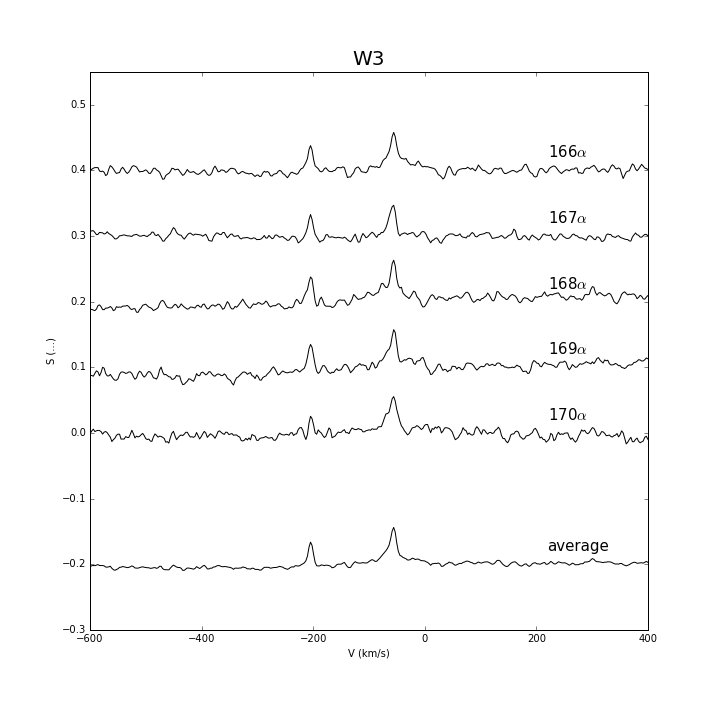![]() © ASTRON, JIVE, NOVA
© ASTRON, JIVE, NOVA
Have you ever wondered what it takes to make discoveries in astronomy happen, but you couldn't find a short and simple answer very quickly? Or you were searching everywhere on the web and were trying to find but you got lost in the abundance of all the difficult stuff because there was only one piece of information given at a time and not everything at a one go, or in one place? Or in case you could not make heads nor tails from how astronomy relates to engineering ...
Search no further for we have designed a quartet card game especially for YOU!
In this game, you will find the answers to all or at least 52 out of many of your questions you might have that relate to the following:
"What is needed to make discoveries in astronomy happen?"
Short and sweet texts (surely informative!), accompanied by beautiful pictures and appealing illustrations, embedded into 12 quartet themes ranging from instrumentation engineering design,through operations & maintenance, to astronomical observations, sources, phenomena and science. What's more important you will see that none of the domains can fully exist in isolation, they need each other! Already curious?
Just as many of you have already noticed, I love unboxing things, after all who doesn't like to see the fruits of their team's labour? :) without the further ado: let the drums roll!!!
Ladies and Gentlemen, on behalf of the quartet work-group, I proudly present to you:
The first batch of the world's first "Astronomy? That's how it works!" quartet card game! Just in time for the weekend of Science and meant to be distributed during the ASTRON, JIVE, NOVA Open Day last Sunday (8th of October)!
Enthusiastic volunteers from JIVE, NOVA and ASTRON have joined their creative minds in something they haven't done before, a collaboration ... a game development endeavor to be exact! Without their help throughout the whole process, it would be impossible to deliver this game in merely 15 weeks!
Great thanks go to the true Star Team for making the impossible possible:
Ilse van Bemmel (JIVE), Gina Maffey (JIVE), Gabby Kroes (NOVA), Iris Nijman (ASTRON), Mark Ruiter (ASTRON), Roy van der Werp (ASTRON), Aleksandar Shulevski (ASTRON)
I'd love to thank many more colleague-angels who contributed as well in parts of the process:
Gert Kruithof, Monique Sluiman-de Vries, Jason Hessels, Joeri van Leuwen, Johan Pragt, Albert van Duin, Andre Gunst, Gijs Schoonderbeek, Boudewijn Hut, Michel Arts, Jan Kragt and his kids, Lesley Goudbeek - all of them contributed to the text editorials;
Albert van Duin thank you for your photos, other photos you found, and a whole quartet theme you came up with!
Jan Idserda, Sjouke Kuindersma, Dirk Lesman, Henk Mulder, Hiddo Hanenburg - thanks for your input & ideas.
Kids of Ilse, Gabby, Mark - thanks for testing the game (yes, there were some kids who were busy testing the prototypes)!
Tibor Agocs - thank you for the exciting subject of "Ghosts" as optical noise ... it's only a pity that the Dutch translation doesn't sound as exciting as the English equivalent ;-)
And THANKS to many more colleagues who supported the project by sharing their opinion/comments/giving tips.
Naturally, super huge THANK YOU goes to the highest management:
Carole Jackson, Marco de Vos - ASTRON
Huib Jan van Langevelde - JIVE
Ramon Navarro, Wilfried Boland - NOVA
Ronald Halfwerk - AstroTec (Bureau of Technology Transfer)
without their enthusiastic patronage this game would not be published and would not reach you!
Last but definitely not least, you see it on the box as the first thing that catches your eye: think of Niels Tromp when you see the title :). Thanks Niels!
If you missed the game during the open day last Sunday ... visit us in Dwingeloo :)

 © Lesley Goudbeek
© Lesley Goudbeek © Cees Bassa
© Cees Bassa © ASTRON
© ASTRON © Willem Jellema
© Willem Jellema © Matthijs van der Wiel
© Matthijs van der Wiel © Gert Kruithof
© Gert Kruithof © ASTRON
© ASTRON © Francesco de Gasperin (Leiden University)
© Francesco de Gasperin (Leiden University) © ASTRON
© ASTRON.gif) © ASTRON, JIVE, NOVA
© ASTRON, JIVE, NOVA © SOS Team
© SOS Team © LIGO-Virgo Consortium (image); ASTRON, JIVE
© LIGO-Virgo Consortium (image); ASTRON, JIVE.jpg) © JIVE
© JIVE © ASTRON
© ASTRON © ASTRON
© ASTRON © ASTRON
© ASTRON © Astron
© Astron © Astron
© Astron © astron
© astron







